
Satellite Meteorology and Climatology Division (SMCD)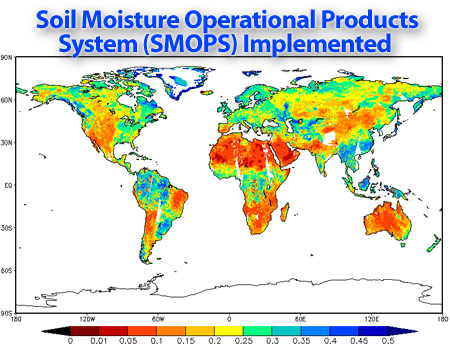
The Soil Moisture Operational Products System (SMOPS) is
NESDIS' system for providing soil moisture data for weather models. SMOPS currently
uses data from several satellites, including ESA's SMOS. The SMOS soil
moisture data has roughly 12-hour latency, which is too long for use
in operational weather models. The SMOPS team worked to retrieve soil
moisture with a much shorter latency by simplifying the algorithm for
deriving brightness temperature from SMOS.
Additionally, SMOPS has been updated with data from GCOM-W1 AMSR2. The extra sensor improves spatial coverage of the available soil moisture fields, especially for the 6-hour images. Read more. 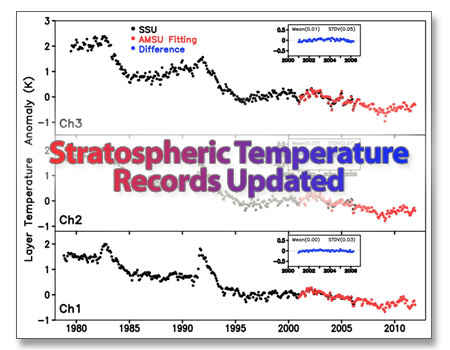
Stratospheric temperature trends are a central indicator for anthropogenic global warming. Observations from SSU detected the long-term trends and variability in these temperatures from 1979-2006, while its successor, AMSU-A, covers the period since 1998. Differences in the atmospheric layers measured pose a challenge when attempting to merge SSU with AMSU-A with accuracy high enough for development of climate-quality data record.
STAR scientists developed an approach for merging these records, accounting for matching in both of their temperatures and weighting functions and creating an extended dataset for monitoring changes in the stratospheric temperatures and verifying climate model simulations. Read more 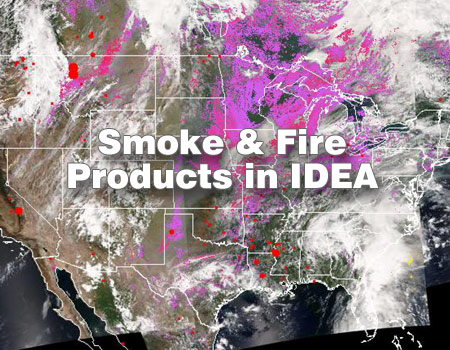
The Suomi NPP VIIRS fire and smoke products are currently distributed to operational users including air quality forecasters through IDEA website. As part of the fire&smoke initiative the Aerosol team will enhance the IDEA display system with targeted regions and city level interactive zoom capability. Products to be displayed include fire hot spots, fire radiative power, burned area, and smoke and dust plumes. To better serve weather forecast offices, VIIRS fire and smoke products will also be reformatted for AWIPS-II applications. As the first phase of this project implementation, the team gave seminars, interactive tutorials, and live demos of various case studies to the operational weather and air quality forecasting community. Read more
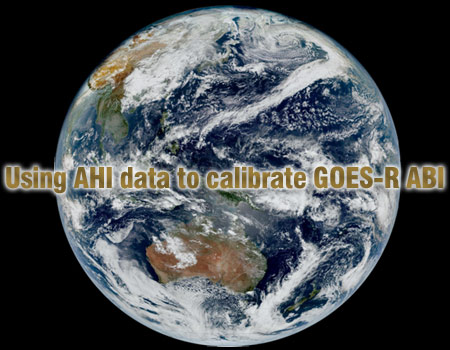
Using Himawari to Calibrate GOES-R - After the Japan Meteorological Agency (JMA) decided to launch the
Advanced Himawari Imager (similar to Advanced Baseline Imager), it was
recognized that NOAA's experience with ABI development, in particular
instrument calibration and validation (cal/val) and meteorological
product algorithms, would be invaluable for JMA. Meanwhile AHI would be
launched 12 months before ABI, allowing NOAA to learn from early AHI
data to reduce ABI risks. These mutual benefits led to the NOAA-JMA
collaboration on respective advanced geostationary meteorological
satellite systems, which was formalized in January 2012. As part of this
collaboration, I was tasked to demonstrate, by June 2015, the use of AHI
data for GOES-R ABI risk reduction. Read more
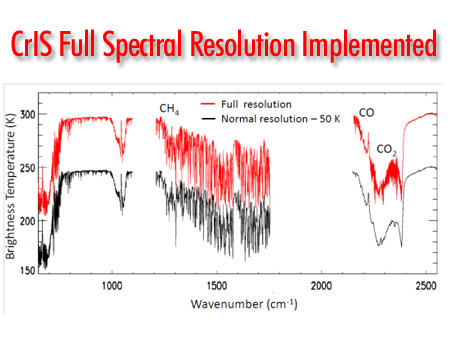
CrIS FSR Implementation - STAR has developed a ground processing system to generate the full spectral resolution SDRs from the CrIS instrument onboard Suomi NPP. The CrIS team implemented a number of improvements to the SDR algorithm in order process FSR data, including upgrades in the computational environment needed to process the data in near-real time. The FSR, which has been produced since December 4, 2014, includes 2211 spectral channels, compared to the 1305 in the operational normal resolution mode. These extra channels are crucial in retrieving products such as atmospheric CO, CO2, and CH4 and can also improve numerical weather prediction. Read more
Hover to pause slides Mission StatementSMCD conducts research and develops new satellite products to improve and expand the use of satellite data for monitoring global meteorological, environmental and climatological conditions. SMCD supports the operational calibration of all the instruments onboard NOAA polar and geostationary satellite instruments. The Division conducts an end-to-end program ranging from planning new satellite instruments to developing new satellite products and applications and transitioning these developments to operations in NOAA's weather, climate, and environmental monitoring and prediction systems. VisionThe enterprise approach and scientific excellence in operational satellite instrument calibration, product validation and data applications. The enterprise approach for operational satellite cal/val will guide the division and its programs in a collective effort to develop GOES-R and JPSS cal/val processes and algorithms, instrument and product monitoring systems, and data applications. The scientific excellence will require in-depth research in calibration techniques, system international (SI) traceable standard, data fusion and assimilation algorithms. SMCD Science PrioritiesThe Division ensures a scientific underpinning in order to meet Division goals to:
|
|